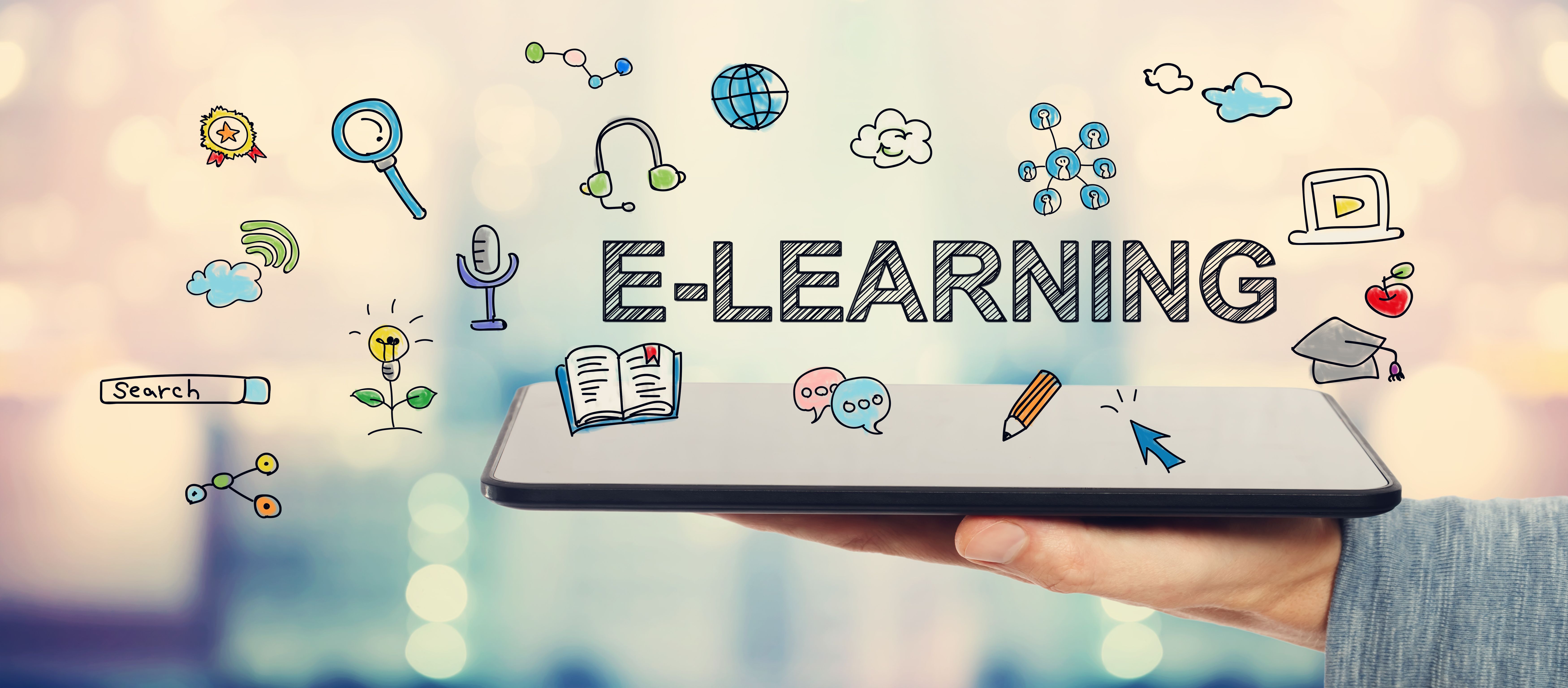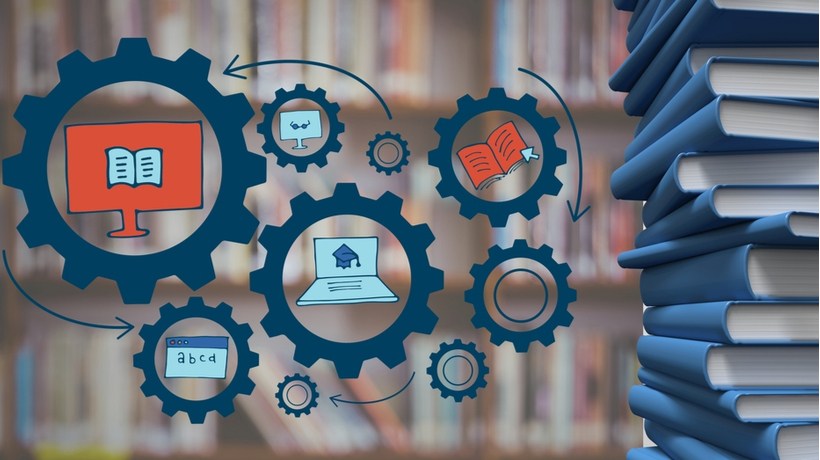what is modern educational technology

In this modern age, education has evolved drastically, and technology has played a significant role in shaping it. With just a click of a button, we can access an abundance of educational resources and tools at our fingertips. There is no denying that e-learning has become the norm, especially with the current global situation.
 E-learning Wallpaper
E-learning Wallpaper
Online classrooms and courses have become increasingly popular among students of all ages. These innovative and interactive learning experiences are designed to provide a personalized, collaborative, and engaging approach to learning. They offer several benefits, including flexibility, accessibility, cost-effectiveness, and the ability to learn at your pace.
 Technology’s Impact on Modern Education
Technology’s Impact on Modern Education
Technology has revolutionized modern education, changing the way students learn and teachers teach. It has provided us with an extensive range of online resources such as e-books, videos, podcasts, and virtual simulations, making it easy to access a wealth of knowledge.
With learning management systems like Blackboard, Canvas, and Moodle, education has become more centralized and streamlined. These systems allow teachers to create online quizzes, assignments, and assessments, which can be completed remotely, eliminating the traditional paper-based approach that often leads to errors, delays, and manual grading.
Moreover, technology has made it easier for teachers to track student progress and provide personalized feedback. AI-powered platforms like Edpuzzle and Kahoot use data analytics and machine learning to identify learning gaps and recommend customized learning paths based on students’ performance.
 eLearning Tools
eLearning Tools
eLearning tools have become indispensable in modern-day education. They offer numerous benefits, including increased engagement, improved learning outcomes, and effective data analysis.
One such tool is Gamification, which is essentially using gaming mechanics in non-gaming contexts such as education. It aims to make learning more fun, interactive and engaging. For instance, Duolingo, a language-learning platform with over 300 million users, uses gamification to make language learning enjoyable and addictive.
Another eLearning tool that has gained popularity is Virtual Reality. It provides a realistic simulation of the real world and allows learners to explore and learn complex concepts from various angles. Medical schools, for instance, use VR to train students on surgical procedures and other medical techniques.
Artificial Intelligence (AI) is another tool that has made significant inroads in the education sector. AI-powered platforms offer personalized learning experiences, adaptive assessments, and real-time feedback, making it easier for teachers to provide personalized attention to each student.
Abstract
Education is no longer limited to the traditional classroom setting. Technology has revolutionized modern-day education, providing learners with new and innovative ways of learning. Online classrooms, e-books, videos, podcasts, and virtual simulations are just a few examples of the plethora of resources that are available to students.
eLearning tools such as Gamification, Virtual Reality, and Artificial Intelligence have proved to be invaluable in providing students with a personalized, interactive, and engaging approach to learning. They have also made it easier for teachers to track student progress, provide personalized feedback, and create customized learning paths.
Introduction
In this digital era, technology has become an integral part of our lives, transforming the way industries function, including the education sector. Over the years, technology has provided us with several resources and tools that have revolutionized the way students learn and teachers teach.
Earlier, education was restricted to the four walls of a classroom. Students were often limited by the pace and style of teaching adopted by the teacher, leading to boredom, disengagement, and even dropping out. However, with the advent of e-learning, this traditional approach has undergone a massive change.
Content
Technology has given us access to several resources and tools such as e-books, videos, podcasts, and gamified learning platforms like Duolingo that offer a more personalized, interactive, and engaging approach to learning. They make learning fun, easy, and accessible from anywhere and at any time.
In addition to this, technology has empowered teachers with tools such as Learning Management Systems and Adaptive Learning Platforms, making it easier to create online quizzes, assignments, and assessments that can be completed remotely. These systems also help teachers track student progress, provide personalized feedback, and identify areas where further guidance is needed, enabling them to provide a more customized and effective learning experience.
Moreover, technology has made it possible for students to learn complex concepts in a visually stimulating way, such as Virtual Reality. Medical schools now use VR to simulate surgical procedures and other medical techniques, allowing students to practice in a risk-free environment. Similarly, Augmented Reality, another technology-driven innovation, provides learners with an interactive and immersive learning experience by overlaying virtual elements on real-world objects.
Artificial Intelligence (AI) is another technological innovation that has made significant strides in the education sector. AI powered platforms offer adaptive assessments, personalized feedback, and real-time monitoring of student progress, bridging the gap between traditional classroom-based learning and personalized eLearning.
Conclusion
Technology has revolutionized modern-day education, providing students and teachers with several resources and tools that have changed the way we learn and teach. E-learning, gamified learning platforms, VR, AR, AI-powered platforms, and Learning Management Systems are just a few examples of the vast array of technological innovations that have revolutionized the education sector.
With the ongoing global pandemic, the importance of e-learning has increased manifold times, making it the need of the hour. In the future, technology will continue to evolve, and we can expect to see more innovative and interactive tools that are designed to make learning more accessible, interactive, and engaging.

Source image : wallpapercave.com

Source image : elearningindustry.com

Source image : academiamag.com






